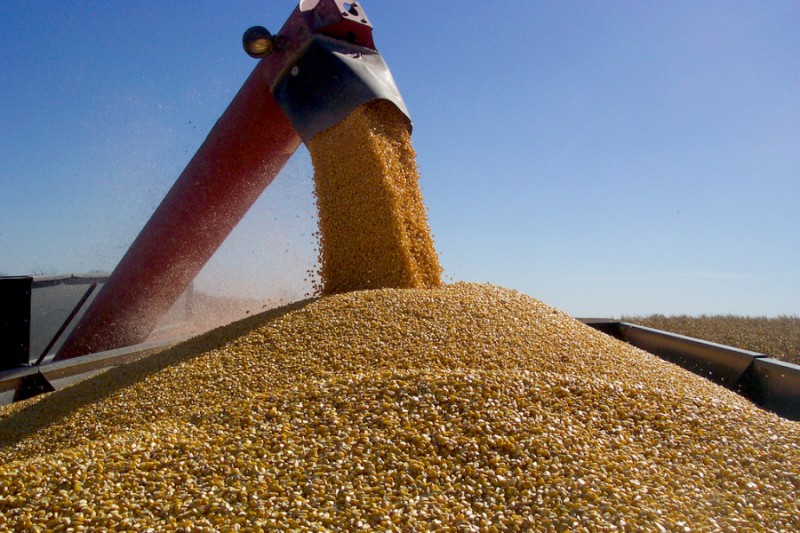Plant-2023 is already on the minds of farmers across the country. As proof, Farm Futures recently did a survey of farmers in all parts of the country who will get right to work this spring. Jacqueline Holland is the grain marketing analyst for Farm Futures.
Even if wheat plant-2023 does put a cap on corn and soybean plantings, Holland says American farmers are still going to plant a whole bunch of both crops.
“For corn, we’re looking at 90.5 million acres,” she said. “For soybeans, that’s 88.9 million acres. And for winter wheat, we calculated 34.9 million acres. For spring wheat, which includes hard red spring, white spring, and durum wheat, we’re anticipating 13.9 million acres. That gives us a grand total of 228.3 million acres for the three principal crops.”

It’s been a few years since wheat took some acres from both corn and soybeans but rising input costs and still solid prices mean a lot of farmers may be giving wheat plant-2023 a second look. She was surprised when their winter wheat calculation came in lower than USDA’s prediction issued in January.
“But if you go back at Chicago winter wheat futures prices during peak planting season last October, they were 25 percent higher than the year before,” Holland said. “At the same time, input prices for corn and beans were still rising, so maybe it shouldn’t be that surprising that wheat is drawing interest for plant-2023.”
The one thing even more surprising to her was how narrow the gap was between corn and soybean acres. It’s probably going down to the wire to see how the acres shake out. But, going into spring, it looks like farmers have already made up their minds about what and how much they’re planting in the spring.
“A lot of growers had finalized their plant-2023 rotations before 2023 even began,” she said. “Seventy percent said they already had things locked in and weren’t expecting to make any last-minute changes.”
One thing she’s going to watch closely is the soybean harvest. Holland says 88.9 million acres of soybeans have the potential to lead to a “record-large” crop. If that happens, some of the supply pressure weighing on commodity markets may ease a bit.
“However, if we see more soy crush plants coming online and increasing capacity by the time we harvest the crop, there may not be much of a price break,” she said. “That added demand could keep soybean prices high even though we could be looking at a record crop.
“That’s a big one I’m going to be watching in the coming months,” Holland said.






